The sudden influx of multi-platform gaming handhelds in the past few years has certainly been an interesting sight to see, and ever since the Nintendo Switch’s growing popularity we’ve witnessed a ton of manufacturers try their hand at the portable gaming market, often with mixed results.
The pressure to combine portability and performance has only gotten more competitive thanks to the arrival of newer systems with the ability to play resource-hungry and graphically-intensive games. This balance in features is exactly what the Pimax Portal is designed for, which packs some impressive hardware and performance.
Tailor-made for Mobile & Emulation
Perhaps one of the biggest highlights of the Pimax Portal’s feature set is the vibrant 4K-resolution display, which easily outclasses rival handhelds like the Nintendo Switch. The Pimax Portal can also play Android games with support for button mapping, meaning that you’re free to play most games the way you want them – this means that you’ll be able to access your favourite Android games on the Portal, which works nicely with titles with support for physical controls.
Since the device runs on Android, players also have access to a wide range of emulator apps on the Google Play Store, making the Portal ideal for retro gaming. Unlike an Android phone, the built-in controls make it a better fit, especially for older consoles like the NES and PlayStation, and even slightly newer systems like the PSP and Switch, for example.
Hardware Highlights
Folks not familiar with the brand shouldn’t dismiss the Pimax Portal that easily – this isn’t your run-of-the-mill Android emulation handheld. The Portal incorporates a number of refinements in terms of hardware, which sets the Portal apart from other competitors.
Alongside the removal controls on the regular model, the Portal also integrates motion controls and analogue triggers, allowing for more precise controls during gameplay. The removable controllers also snap into place thanks to a design that integrates magnets and metal contacts, improving connection between the device and the controller and reducing latency. Additionally, this lets you dock the Portal’s tablet compartment into a TV, and play games like you would on a Nintendo Switch.
Powering the Pimax Portal is Qualcomm’s XR2 platform, which is designed with mobile gaming devices in mind. This works alongside a built-in cooling system which ensures that your gaming session remains relatively-free from unwanted overheating. For connectivity, the Portal comes with Wifi 6E and Bluetooth 5.1, which are nice options to have especially in this day and age. While the console does have built-in storage, there’s also room for a micro SD card slot, meaning that you can boost the Portal’s storage space.
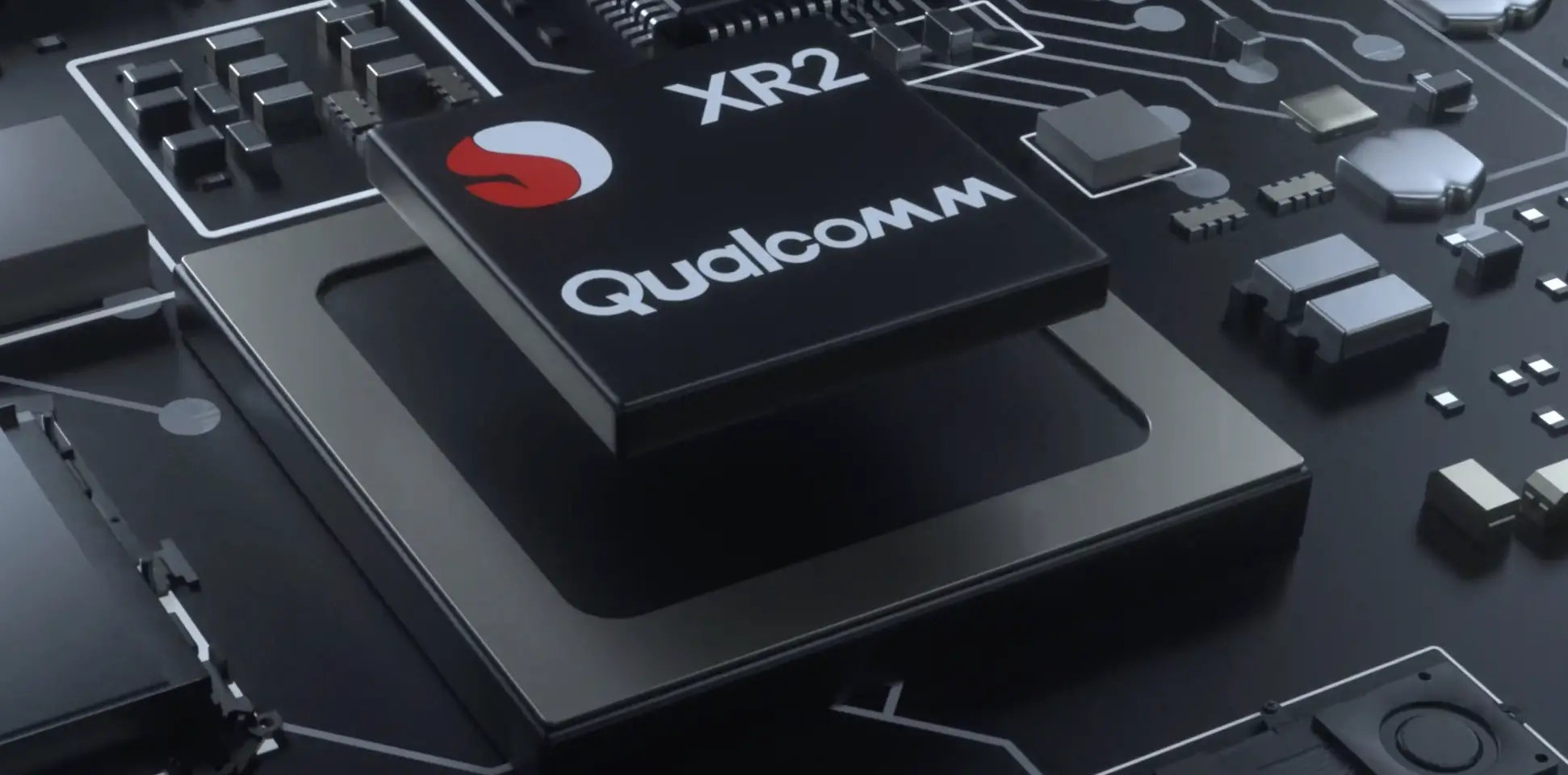
Perhaps one of the more impressive features the Portal offers is its compatibility with VR and AR software. There’s even a built-in rear camera that allows for AR games, adding to the device’s overall versatility. With that said, Pimax offers the Portal in four different configurations, which each come with their own set of specialties.
Which Portal Should You Get?
First up is the most “basic” of the bunch, the Portal Retro. It comes with all the basics which gives players access to the essentials, such as a full set of customizable controls, wireless connectivity, and a sharp 2K-resolution LCD display. The Retro also comes with 128GB of internal storage as well as 8GB of RAM, which should be more than enough for most games.
Stepping it up a notch is the “regular” variant of the Pimax Portal. Like the Retro, it also comes with an 8GB RAM, although there’s an option for a larger 256GB storage configuration, although it comes with a few more hardware upgrades. For one, the display now features a 4K resolution screen, detachable controllers, and more importantly, VR compatibility. This means that gamers can wear the Portal’s main tablet compartment via a headset, allowing access to VR software.
At the highest end of the lineup is the Pimax Portal QLED, which comes equipped with a 144Hz 4K QLED + Mini LED display, allowing for more vibrant colors and saturation. It also packs a micro HDMI port should you wish to connect to a larger display, and even LED accents for the controllers, which we have to admit adds a unique “cool factor” to the device. Of course, there’s also support for VR mode and detachable controllers.

With regards to design, there’s not much that changes between the different models, which all retain a consistent look. Perhaps the most obvious style changes would be the black color scheme on the more expensive Portal versions, as well as the LED lighting on the Portal QLED’s controls.
Pricing and Availability
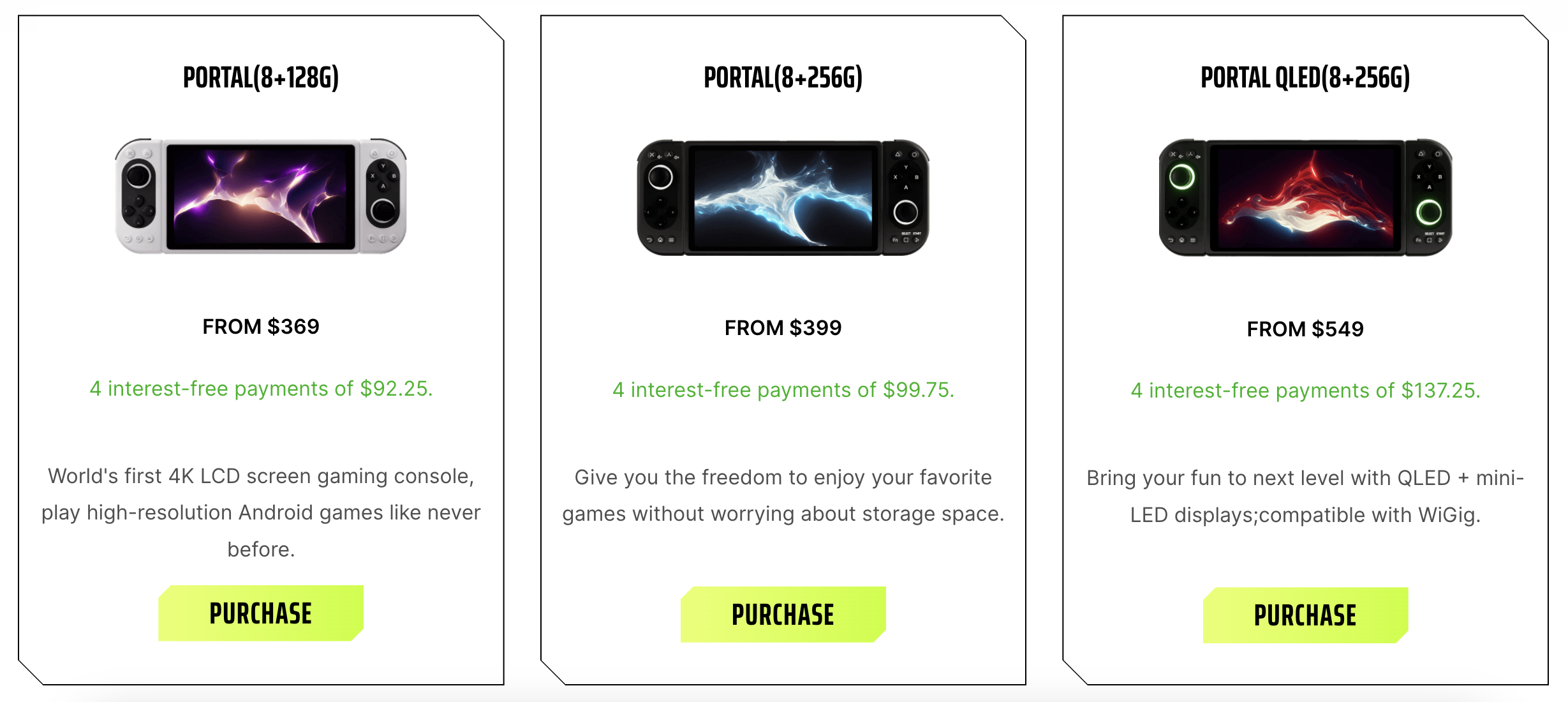
For pricing, the Portal Retro is the most affordable of the bunch, starting at just $299. Players looking for a higher-resolution display will need to shell out a bit more though, as the regular Portal model comes priced at $369 for the 128GB storage variant, and $399 for the 256GB model. For the highest-end model, buyers can get the Portal QLED, which is priced starting at $459. You can grab a Pimax Portal right now at Pimax’s official website.

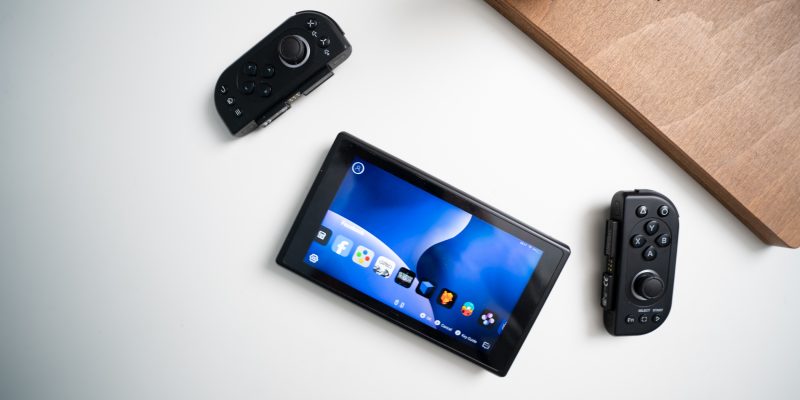
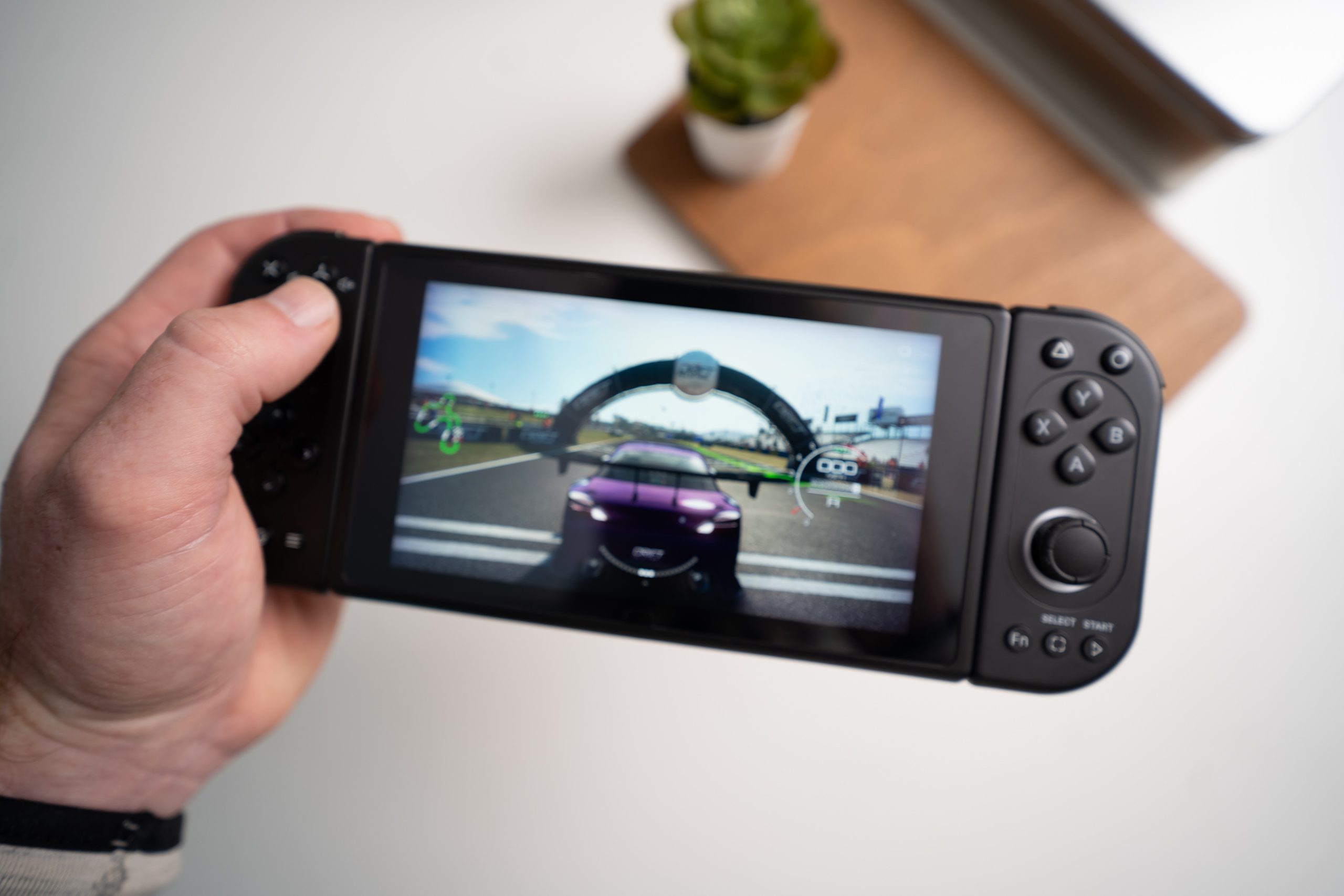
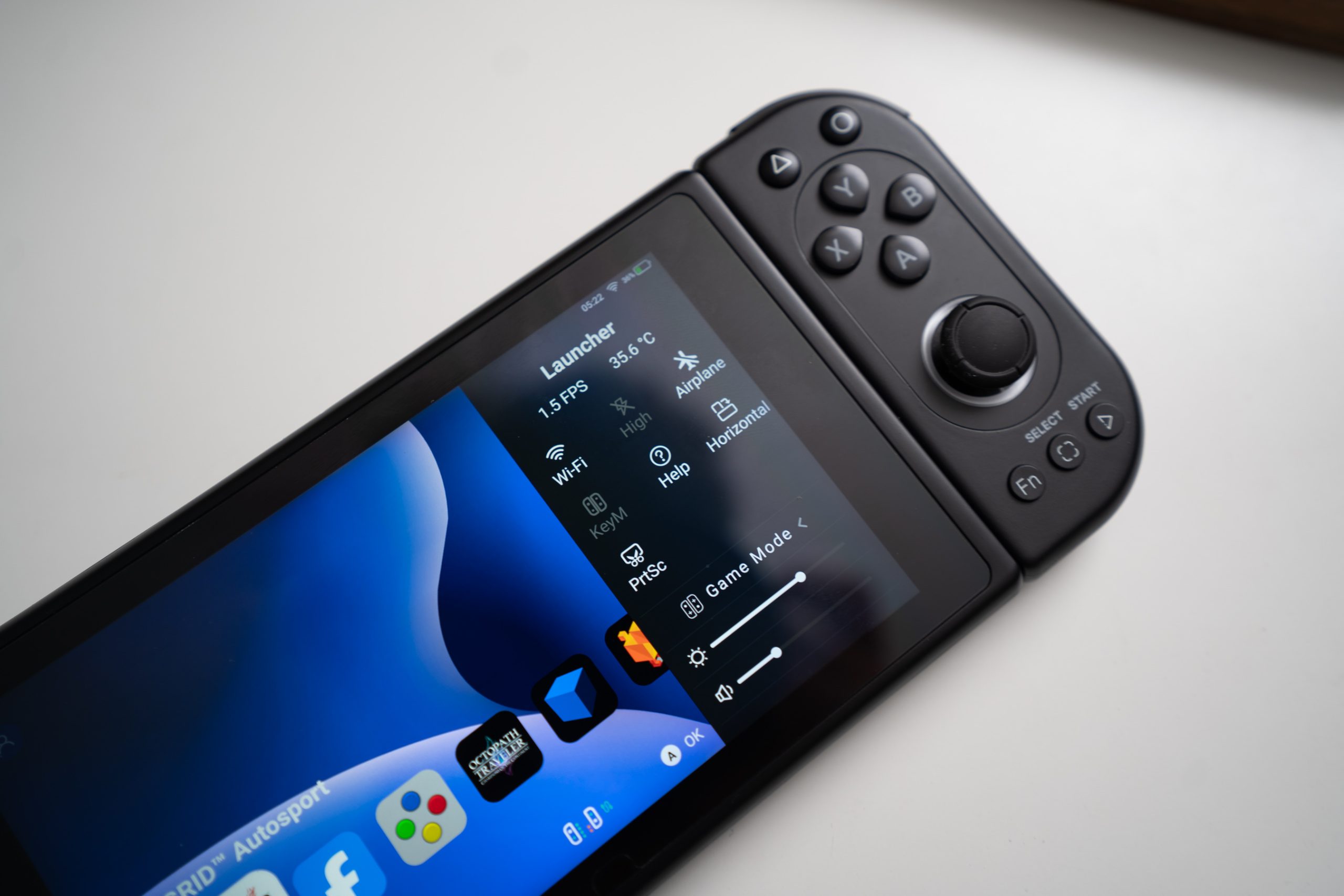
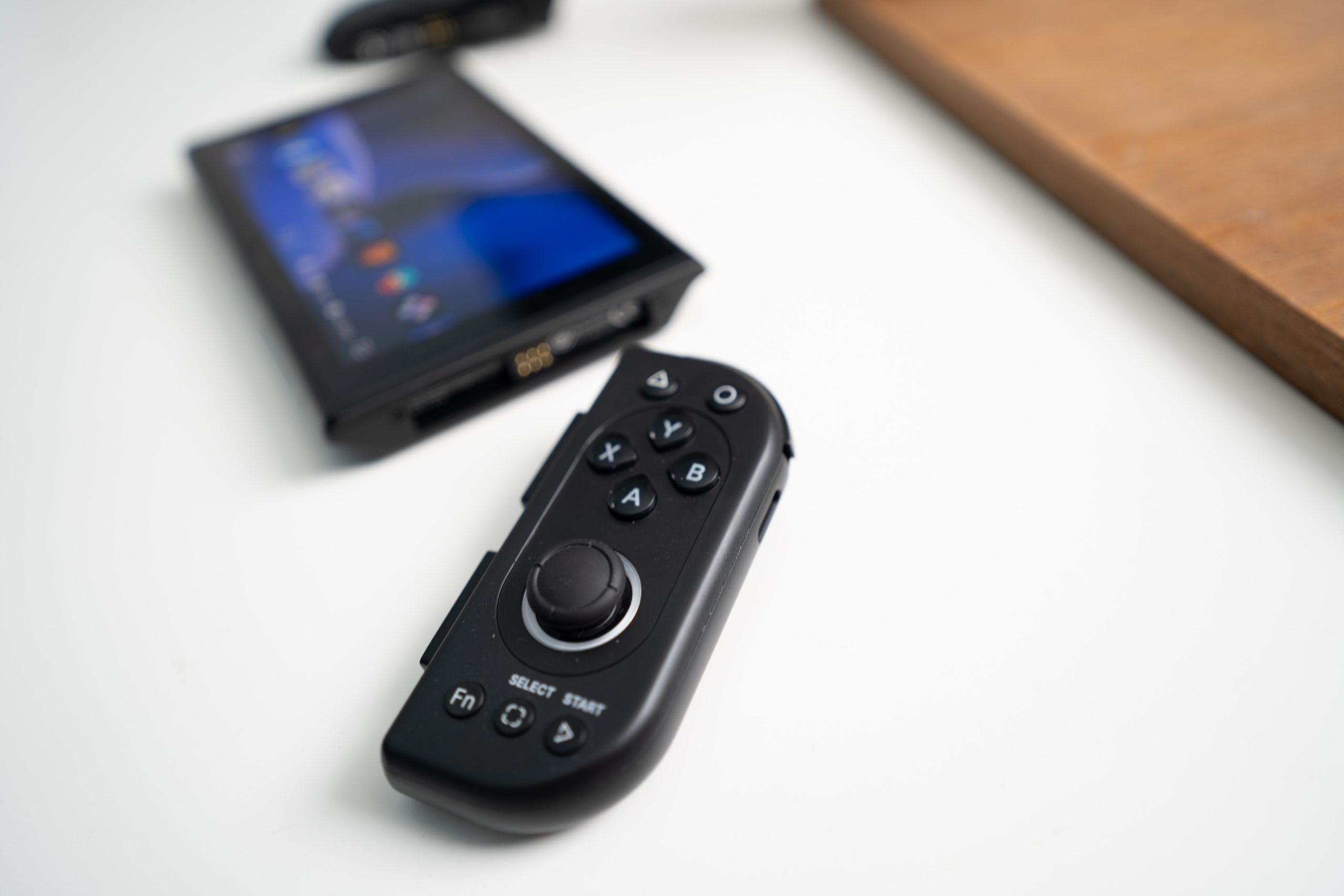
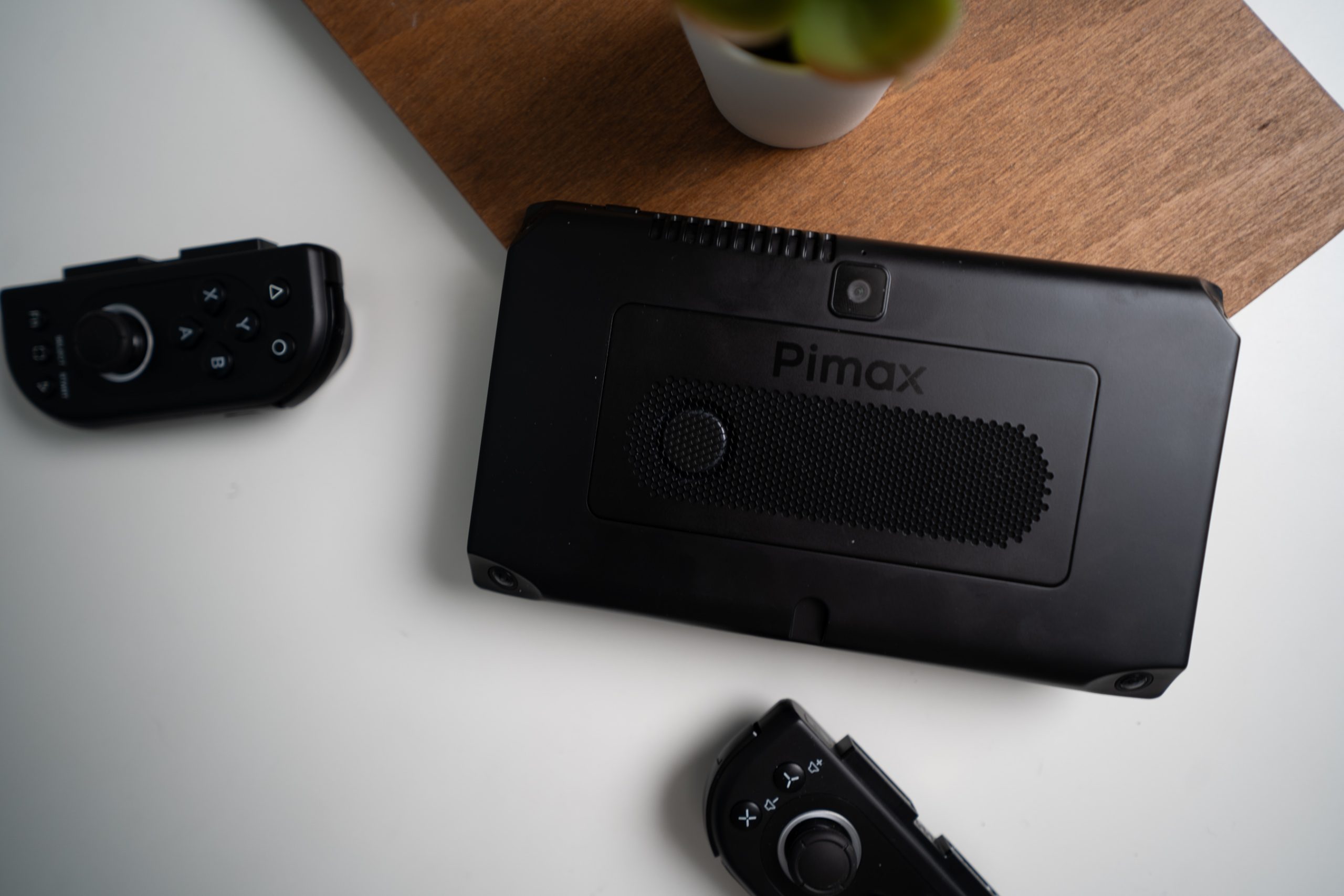








Comments